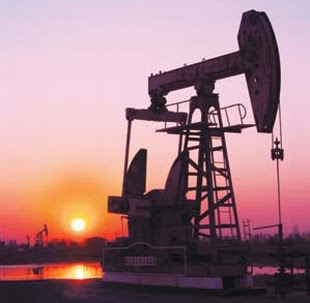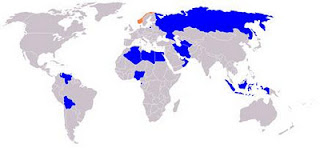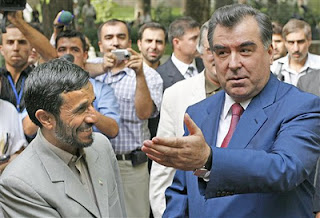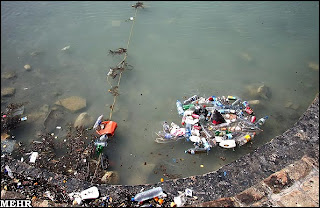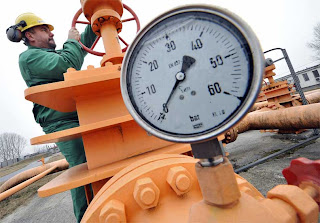The consequences of USD rate jumping in Iran

Rising USD rate by 40 percent and more than 45 cents difference between the rate in the open market and official statistics in Iran caused some serious confusion. Iranian Mehr News Agency reported on Wednesday, that rising USD is happening with out any obstacles. According to the stats of Iran's Central Bank, the USD rate is 11,000 rials, while USD rate in the open market it is 16,000 rials. Just two days ago, the rate was 14,250 rials, while this figure was 10,600 rials last year. Liquidity and bank interest One of the major causes of increasing USD rate is the existence of high liquidity in Iran, which has exceeded equal to over $300 billion, according to the latest statistics by the Central Bank of Iran show. Iranian government cut the subsides since December 2010 and pays more than $3 billion of cash subsides to citizens per month. International Monetary Fund says Iran's liquidity growth in 2012 will reach 15.9 percent as well. Increasing liquidity results in...
